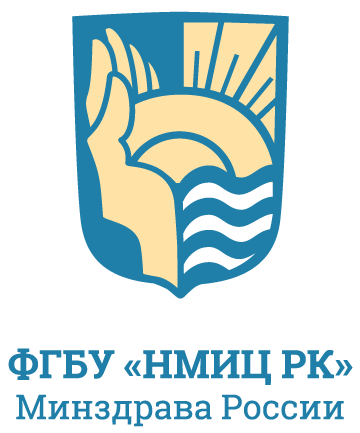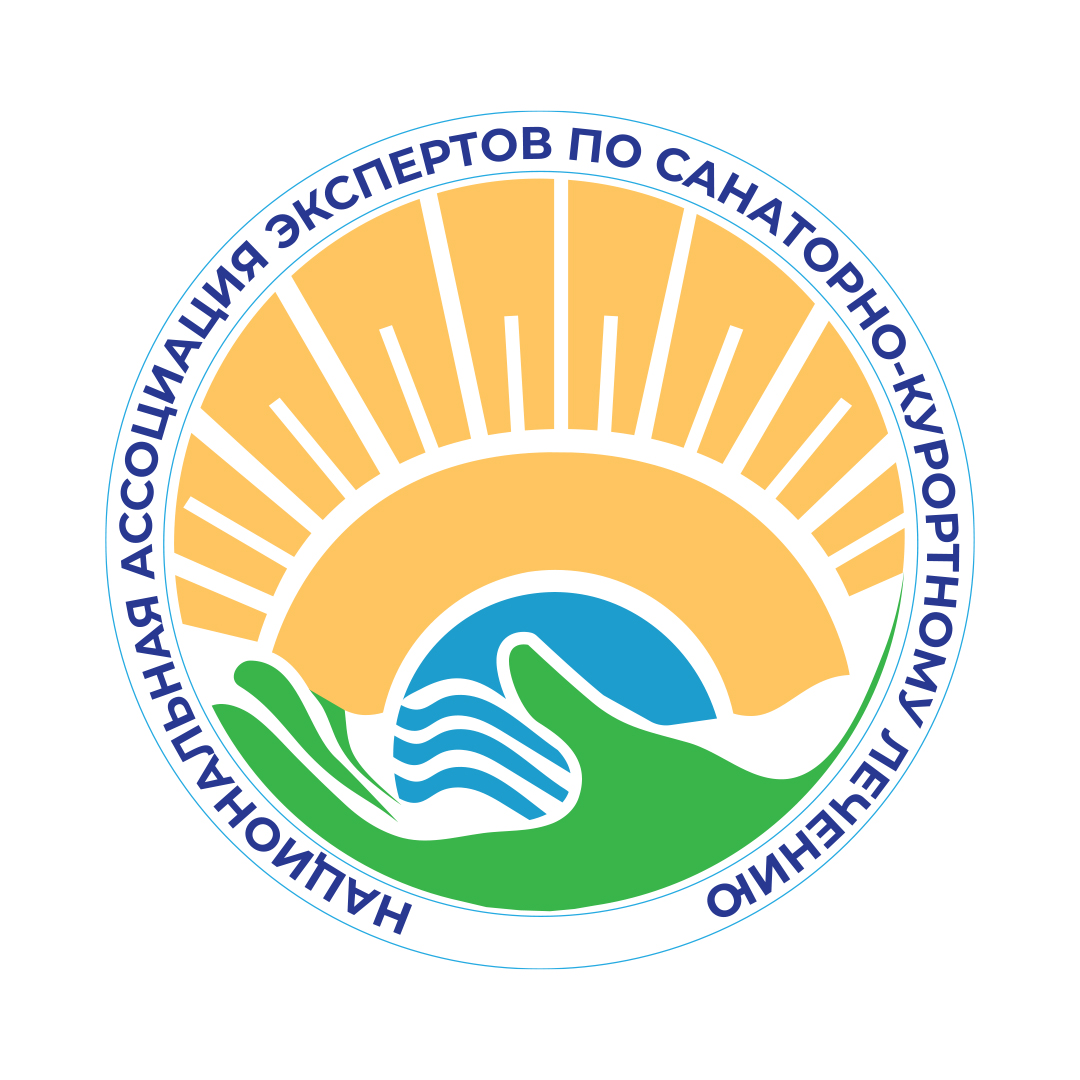Выпуск 5-21, 2022
Безопасность и эффективность магнитной стимуляции в реабилитации детей с нейрогенным недержанием мочи: проспективное открытое рандомизированное контролируемое клиническое исследование
1 ![]() Воловец С.А., 1,2
Воловец С.А., 1,2 ![]() Бадалов Н.Г., 3
Бадалов Н.Г., 3 ![]() Бородулина И.В., 1
Бородулина И.В., 1 ![]() Ефимова В.И., 4
Ефимова В.И., 4 ![]() Яковлев М.Ю.
Яковлев М.Ю.
1 Научно-практический центр медико-социальной реабилитации им. Л.И. Швецовой, Москва, Россия
2 Первый Московский государственный медицинский университет им. И.М. Сеченова, Москва, Россия
3 Российская медицинская академия непрерывного профессионального образования, Москва, Россия
4 Национальный медицинский исследовательский центр реабилитации и курортологии, Москва, Россия
РЕЗЮМЕ
ВВЕДЕНИЕ. Недержание мочи у детей является междисциплинарной проблемой. Распространённость недержания мочи колеблется от 3,1% до 8,6% и уменьшается с возрастом. Недержание мочи может быть вызвано как органическими (заболевания мочеполовой системы, неврологическая патология), так и функциональными причинами. Одним из методов немедикаментозной коррекции недержания мочи является экстракорпоральная магнитная стимуляция, применяемая у взрослых пациентов. В то же время эффективность метода среди педиатрической популяции изучена недостаточно.
ЦЕЛЬ. Изучить эффективность и безопасность ЭМС в комплексной реабилитации детей с нейрогенным недержанием мочи.
МАТЕРИАЛ И МЕТОДЫ. Мы включили в проспективное открытое рандомизированное контролируемое клиническое исследование 75 пациентов педиатрического профиля (от 5 лет до 16 лет и 6 месяцев) с клинической формой дневного и ночного недержания мочи, которые были разделены методом простой рандомизации на основную группу (n=39), получавшую стандартную программу реабилитации и экстракорпоральную магнитную стимуляцию в течение 21 дня, и группу сравнения (n=36), в которой стандартная программа реабилитации не включала использование ЭМС.
РЕЗУЛЬТАТЫ И ОБСУЖДЕНИЕ. Проспективное открытое рандомизированное сравнительное исследование показало, что клиническая эффективность метода экстракорпоральной магнитной стимуляции в комплексной реабилитации детей с нейрогенным недержанием мочи составляет 94,8%, что на 25,4% выше, чем в группе сравнения. После лечения у пациентов основной группы заметно уменьшилось количество эпизодов недержания мочи, увеличился объем мочеиспускания, улучшилось качество жизни. На лечение показало эффективность в случае с пациентами с различной фоновой неврологической патологией, что свидетельствует об общих патогенетических механизмах развития симптомов нижних мочевыводящих путей при этих состояниях и независимости конечного эффекта от основного диагноза.
ЗАКЛЮЧЕНИЕ. Применение метода экстракорпоральной магнитной стимуляции промежности у детей с нейрогенным недержанием мочи повышает эффективность реабилитации и является перспективным и безопасным направлением восстановительного лечения.
КЛЮЧЕВЫЕ СЛОВА: магнитная стимуляция, недержание мочи, дети
ДЛЯ ЦИТИРОВАНИЯ: Volovets S.A., Badalov N.G., Borordulina I.V., Efimova V.I., Yakovlev M.Yu. Safety and Еffectiveness of Magnetic Stimulation in the Rehabilitation of Children with Neurogenic Urinary Incontinence: a Prospective Open Randomized Controlled Clinical Study. Bulletin of Rehabilitation Medicine. 2022; 21 (5): 68-77. https://doi.org/10.38025/2078-1962-2022-21-5-68-77
Список литературы:
1. Guseva N.B., Nikitin S.S., Korsunsky A.A., Kolodyazhnaya A.V., Khlebutina N.S., Yatsyk S.P. Results of a multicenter study aimed at the diagnosis of nonmonosymptomatic enuresis in children in different regions of Russia. Pediatrics. Journal named after G.N. Speransky. 2019; 98(2): 107-112.
2. Moiseev A.B., Vartapetova E.E., Mironov A.A., Semin S.G. Social aspects of urinary disorders of inorganic genesis in children. Doctor.Ru. 2020; 3(19): 17-23. https://doi.org/10.31550/1727-2378-2020-19-3-17-23
3. Savaser S., Kizilkaya Beji N., Aslan E., Gozen D. The Prevalence of Diurnal Urinary Incontinence and Enuresis and Quality of Life: Sample of School. Urology Journal. 2018; 15(4): 173-179. https://doi.org/10.22037/uj.v0i0.3982
4. Acikgoz A., Baskaya M., Cakirli M., Cemrek F., Tokar B. The evaluation of urinary incontinence in secondary school children and risk factors: An epidemiological study. The International Journal of Clinical Practice. 2021; 75(10): e14657. https://doi.org/10.1111/ijcp.14657
5. Borisenko L.Y., Sivkov A.V., Romikh V.V., Zakharchenko A.V., Panteleyev V.V., Kostin A.A., Apolikhin O.I. Results of the study of biological feedback method with test electrical stimulation of pelvic floor muscles as monotherapy and in combination with extracorporeal magnetic stimulation of pelvic floor muscles in functional infravesical obstruction in women. Experimental and Clinical Urology. 2019; (2): 146-151. https://doi.org/10.29188/2222-8543-2019-11-2-146-150
6. Khamidov B.K., Khurramov F.M., Nazarov N.N., Nazirova M.K. Comprehensive diagnosis and treatment of urinary incontinence in children. Doctor’s Herald. 2020; 1(1): 84-86. https://doi.org/10.38095/2181-466X-2020931-83-85
7. Kavia R., DasGupta R., Fowler C.J. Functional imaging and central control of the bladder. The Journal of Comparative Neurology. 2005; (493): 27-32. https://doi.org/10.1002/cne.20753
8. Wiseman O.J., Fowler C.J., Landon D.N. The role of the human bladder lamina propria myofibroblast. International British Journal of Urology. 2003; (91): 89-93. https://doi.org/10.1046/j.1464-410x.2003.03802.x
9. Morrison J. Incontinence. Health Publications Ltd. Jersey. 2005: 422 p.
10. Milsom I., Abrams P., Cardozo L., Roberts R.G., Thüroff J., Wein A.J. How widespread are the symptoms of an overactive bladder and how are they managed? A population-based prevalence study. International British Journal of Urology. 2001; (87): 760-766. https://doi.org/10.1046/j.1464-410x.2001.02228.x
11. Janig W., Morrison J.F. Functional properties of spinal visceral afferents supplying abdominal and pelvic organs, with special emphasis on visceral nociception. Progress in Brain Research. 1986; (67): 87-114. https://doi.org/10.1016/s0079-6123(08)62758-2
12. Fall M., Lindström S., Mazieres L. A bladder-to-bladder cooling reflex in the cat. The Journal of Physiology. 1990; (427): 281-300. https://doi.org/10.1113/jphysiol.1990.sp018172
13. de Groat W.C. Female Urology. Saunders. Philadelphia. 1996: 42 p.
14. Safiullina G.I., Yakupov R.A., Safiullina A.A. Neurophysiological aspects of enuresis in children. Russian Osteopathic Journal. 2020; (1-2): 58-65. https://doi.org/10.32885/2220-0975-2020-1-2-58-65
15. Birder L.A., Kanai A.J., de Groat W.C., Kiss S., Nealen M.L., Burke N.E., Dineley K.E., Watkins S., Reynolds I.J., Caterina M.J. Vanilloid receptor expression suggests a sensory role for urinary bladder epithelial cells. Proceedings of the National Academy of Sciences of the United States of America. 2001; (98): 13396-13401. https://doi.org/10.1073/pnas.231243698
16. de Groat W.C. The urothelium in overactive bladder: passive bystander or active participant? Urology. 2004; 64(l.1): 7-11. https://doi.org/10.1016/j.urology.2004.08.063
17. Apodaca G. The uroepithelium: not just a passive barrier. Traffic. 2004; (5): 117-128. https://doi.org/10.1046/j.1600-0854.2003.00156.x
18. Ferguson D.R., Kennedy I., Burton T.J. ATP is released from rabbit urinary bladder cells by hydrostatic pressure changes-a possible sensory mechanism? The Journal of Physiology. 1997; (505): 503-511. https://doi.org/10.1111/j.1469-7793.1997.503bb.x
19. Birder L.A., de Groat W.C. Mechanisms of disease: involvement of the urothelium in bladder dysfunction. Nature Clinical Practice Urology. 2007; (4): 46-54. https://doi.org/10.1038/ncpuro0672
20. de Groat W.C., Booth A.M., Yoshimura N. Nervous Control of the Urogenital System (Autonomic Nervous System). Harwood Academic Publishers. London. 1993: 289 p.
21. Sysoy T.S., Yakubovich N.A. Application of magnetic stimulation in diseases of the urogenital system organs in sanatorium conditions. Medical Electronics Means and New Medical Technologies: Collection of Scientific Papers of XI International Scientific and Technical Conference. Minsk. 2018: 164-167.
22. Moiseyev A.B., Mironov A.A., Kolbe O.B., Vartapetova E.E., Polunina V.V., Al Sabunchi A.A., Polunin V.S., Buslaeva G.N. Urinary dysfunctions and combined disorders of pelvic organ function in children: approaches to diagnosis, treatment and prevention. Bulletin of RSMU. 2018; (5): 62-67. https://doi.org/10.24075/vrgmu.2018.067
23. Tishchenko G.E., Borodulina I.V., Salyukov R.V., Rachin A.P. Neurogenic urinary disorders in spinal cord and spinal cord trauma: the view of a neurologist and urologist. Russian Open Medical Journal. 2017; (9): 653-656.
24. Mityuryaeva I.A., Maidannik V.G., Demchuk S.M. Evaluation of the effectiveness and safety of a new comprehensive approach to the treatment of various clinical forms of enuresis in children. Pediatrics. Eastern Europe. 2018; 6(2): 335-348.
25. Nevéus T., Gontard A., Hoebeke P., Hjälmås K., Bauer S., Bower W., Jørgensen T.M., Rittig S., Vande Walle J., Yeung C.K., Djurhuus J.C. The standardization of terminology of lower urinary tract function in children and adolescents: report from the standardisation committee of the International Children's Continence Society (ICCS). The Journal of Urology. 2006; (176): 314-324. https://doi.org/10.1016/S0022-5347(06)00305-3
26. Morozov V.I., Baibikov R.S., Zakirov A.K., Yulmetov G.A. Treatment of neurogenic bladder dysfunction and secondary enuresis in children and adolescents. Experimental and Clinical Urology. 2018; (4): 104-109.
27. Grigoriyev K.I., Bogomaz L.V., Solovyova A.L., Vartapetova E.E. Enuresis in Children: answers to topical questions. Meditsinskaya Sestra. 2020; (2): 34-42. https://doi.org/10.29296/25879979-2020-02-10
28. Gavrusev A.A., Lositsky K.G. Extracorporeal pulsed magnetic therapy: results and prospects for use in urological practice. Medical News. 2017; (1): 50-52.
29. Barker A.T. An introduction to the basic principles of magnetic nerve stimulation. Journal of Clinical Neurophysiology. 1991; 8(1): 26-37. https://doi.org/10.1097/00004691-199101000-00005
30. Pushkar D.Y., Kulikov A.G., Kasyan G.R. Extracorporeal magnetic stimulation of the pelvic floor neuromuscular apparatus in urological practice. Moscow. 2017: 43 p.
31. Borodulina I.V., Rachin A.P., Badalov N.G., Gushcha A.O. Peripheral rhythmic magnetic stimulation in neurogenic disorders of urination: review of published literature and results of the clinical study. Neuromuscular Diseases. 2017; 7(2): 54-66. https://doi.org/10.17650/2222-8721-2017-7-2-54-66
32. Tkachuk E.A., Martynovich N.N. Age features of the urinary system in children. Methodology of investigation. Semiotics of disorders. Irkutsk. Irkutsk State Medical University. 2020: 89 p.
33. Avery K., Donovan J., Peters T., Shaw C., Gotoh M., Abrams P. ICIQ: a brief and robust measure for evaluating the symptoms and impact of urinary incontinence. Neurourology and Urodynamics. 2004; 23(4): 322-30. https://doi.org/10.1002/nau.20041
34. Szymanski K.M., Cain M.P., Whittam B., Kaefer M., Rink R.C., Misseri R. Incontinence affects health-related quality of life in children and adolescents with spina bifida. Journal of Pediatric Urology. 2018; 14(3): 279.e1-279.e8. https://doi.org/10.1016/j.jpurol.2018.02.021
35. Rangel R.A., Seabra C.R., Ferrarez C.E.P.F., Soares J.L., Choi M., Cotta R.G., Figueiredo A.A., de Bessa J. Jr, Murillo B.J. Netto. Quality of life in enuretic children. International Brazilian Journal of Urology. 2021; 47(3): 535-541.
36. Kolgayeva D.I., Koneva E.S., Shapovalenko T.V. Novel technologies of electromagnetic therapy in the complex treatment of stress urinary incontinence in women. Russian Journal of Physiotherapy, Balneology and Rehabilitation. 2018; 17(6): 305-311. https://doi.org/10.17816/1681-3456-2018-17-6-305-311
37. Remnyova O.V., Ivanyuk I.S., Galchenko A.I. Pelvic floor dysfunction in women: current understanding of the problem. Fundamental and Clinical Medicine. 2022; 7(1): 92-101. https://doi.org/10.23946/2500-0764-2022-7-1-92-101
38. Amdi R.E., Al-Shukri S.H., Kuzmin I.V., Makeev V.A., Vozdanov P.V. Extracorporeal magnetic stimulation in urology. Urology Reports. 2021; 11(4): 345-353. https://doi.org/10.17816/uroved84474

Контент доступен под лицензией Creative Commons Attribution 4.0 License.
©
Эта статья открытого доступа по лицензии CC BY 4.0. Издательство: ФГБУ «НМИЦ РК» Минздрава России.




